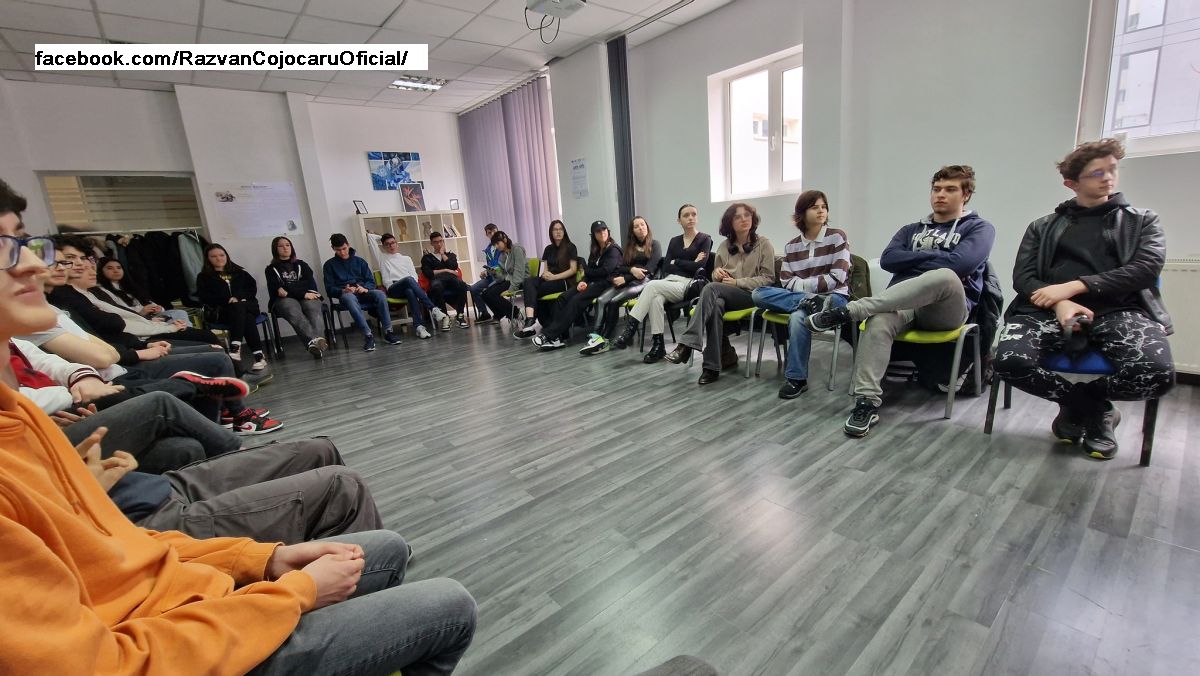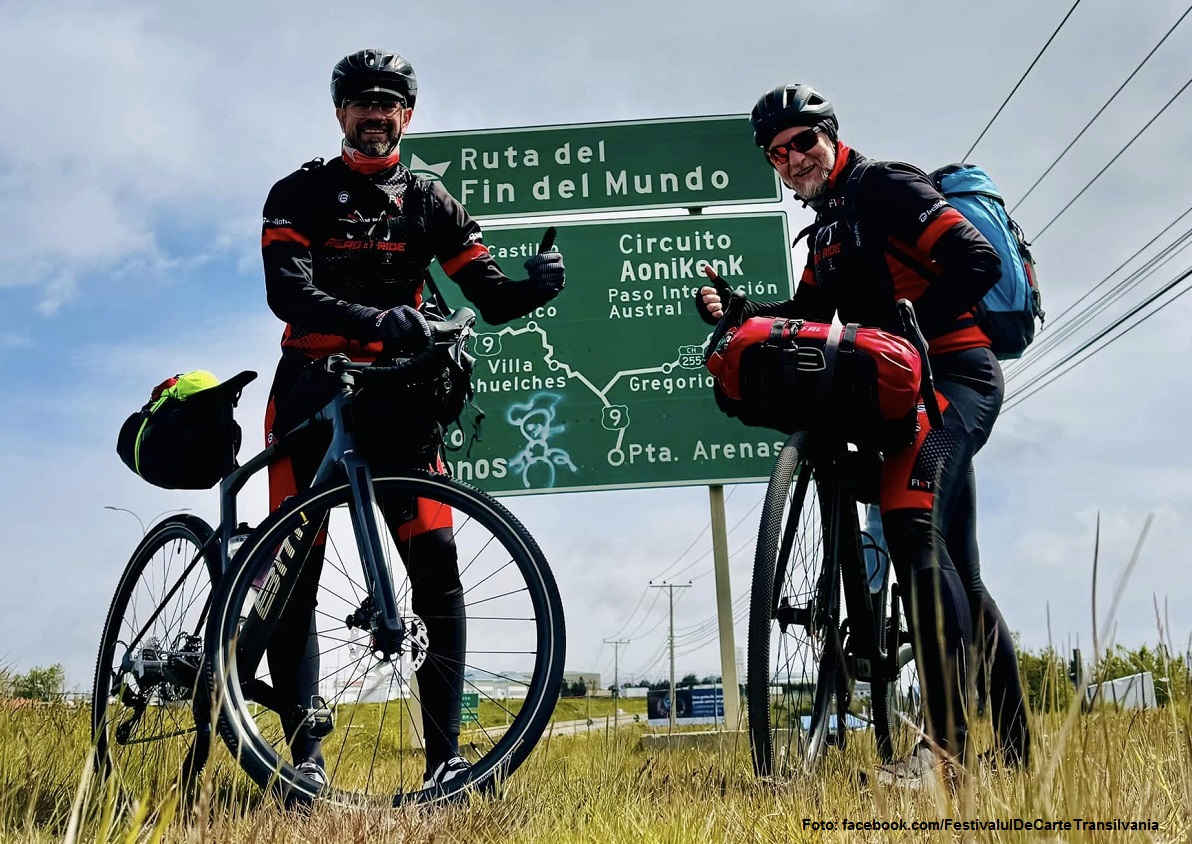Miniature historical battles

Ana-Maria Cononovici, 07.02.2016, 14:25
A diorama with almost 2000 miniature soldiers that recreates the 1849 battle of Chichiş in Covasna, in which the 1848 Revolution participant Gabor Aron lost his life, can be seen as part of an exhibition at the Baraolt Depression Museum, also known as The National Szeckler Museum.
The director of the museum, Demeter Laszlo, will tell us next the story of these figurines: “Last year we started to set up a larger-scale exhibition, a miniature history of Transylvania starting from the its early days to WWII. In 2014 we made the first diorama representing the battle of Chichis of July 2, 1849. The diorama is still on display at present, and every year we are trying to make new dioramas, to make the exhibition more comprehensive.”
The Baraolt Depression Museum, which was set up almost 35 years ago, includes a rich collection of items related to local history, ethnography, archeology and natural sciences. The early days of this museum are tied to the name of the local horologist and historian Gaspar Kaszoni, who donated to the city the objects he had collected for several decades. The Museum was opened in 1979 and closed after almost 5 years, and the items on display were transferred to the National Szecklers’ Museum in Sfantu Gheorghe. Following a citizen initiative, it was reopened in November 2006 under the name of the Baraolt Depression Museum, and the Kaszoni collection was brought to Baraolt.
But, because the museum had a rather small number of visitors, the director Demeter Laszlo came up with an original idea: “I thought about exhibiting lead soldiers. I knew from my grandparents that they used to play with lead soldiers in their childhood, so I searched the Internet for people who have this hobby. This is how I came across Mr. Homoki Gyula who lives near Budapest, Hungary and who makes various models and dioramas. So this is actually his work, with the financial support of the local council and of the Szecklers’ National Museum. He is the one who made the first dioramas and we want to continue working with him. The large diorama is made up of 15-millimeter tall lead soldiers, so very small ones, and the diorama is very interesting, very detailed. It presents a battle between Russians and Szecklers, a famous battle in which Gabor Aron, the founder of the Szeckler artillery of 1848-1849, lost his life. A part of the Chichis village is also represented, including the Unitarian church under the siege of the Russian troops, while on the other side of the diorama there is the Hungarian army. Some 2,200 miniatures make up this battlefield, most of them representing soldiers, but also cannons, wagons and other elements. Abroad, these lead figurines are for sale in stores. Mr. Homoki and his team put a lot of work into painting these Russian, Szeckler, Hungarian and Romanian soldiers, which is a real challenge. He is the one who paints and arranges the battlefield in each diorama, trying to keep as close as possible to the events of that time.”
The exhibition offers visitors an image of the Chichis village, just as it was 170 years ago, and also presents the locals’ costumes and elements of their life at that time.
We asked Demeter Laszlo if visitors are interested in buying such miniatures: “We have a small collection that we put up for sale. We also intend to lay out a museum shop, for people to be able to purchase these figurines. It was interesting to see that not only children take interest in these lead figurines, but also adults, particularly men. Men have always been fascinated with battles, so they like these lead soldiers. They come not only from the country, but also from abroad. This is actually our ultimate goal, to organize a special, unique exhibition. We, as a museum, would like to contribute to developing tourism in the Baraolt basin.”
Demeter Laszlo also says that many other interesting items are part of the museum’s collections, which include, among other things, the skeleton of a mammoth which lived more than 2 million years ago and which was discovered during excavation works carried out in Racos pit, in the Baraolt area.
Demeter Laszlo: “A more valuable and older exhibit than the miniature exhibition is a mastodon skeleton, ‘Anancus arvernensis’, which was found here in Baraolt, in a lignite mine. It is unique in the world. It is the most complete skeleton of this species in the world, with 80% of the bones preserved.”
Demeter Laszlo has told us the skeleton is approximately 7 m long and 3.5 meters high. Although the entire skeleton could not be displayed yet, because the museum doesn’t have enough room for it, the exhibit draws a large number of curious visitors. Furthermore, Demeter Laszlo hopes the museum will be extended in the future, for curators to be able to broaden the collection and to put on show the entire skeleton.






























